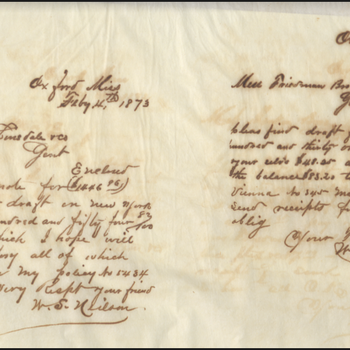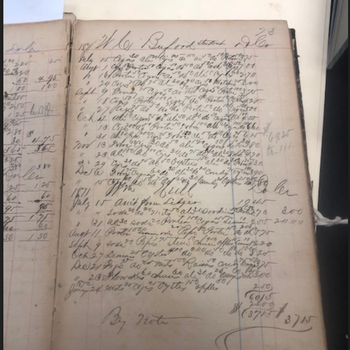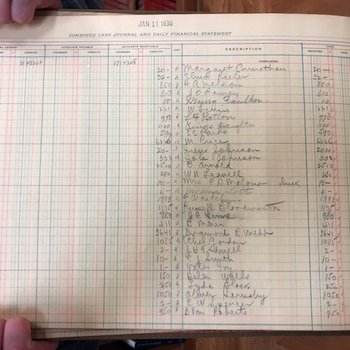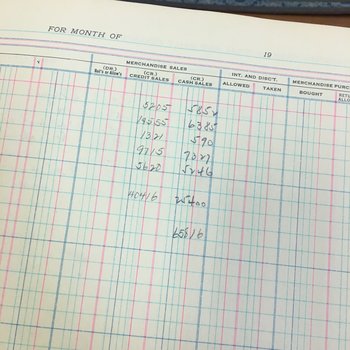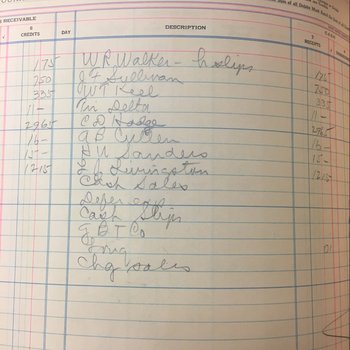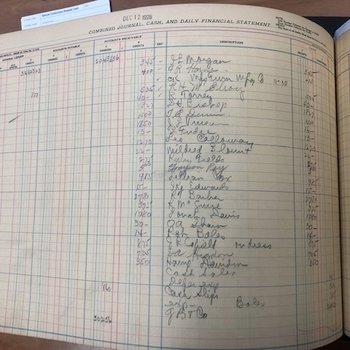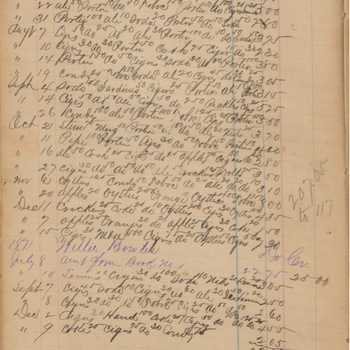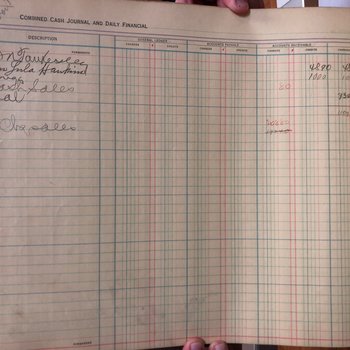Student Work
<center>
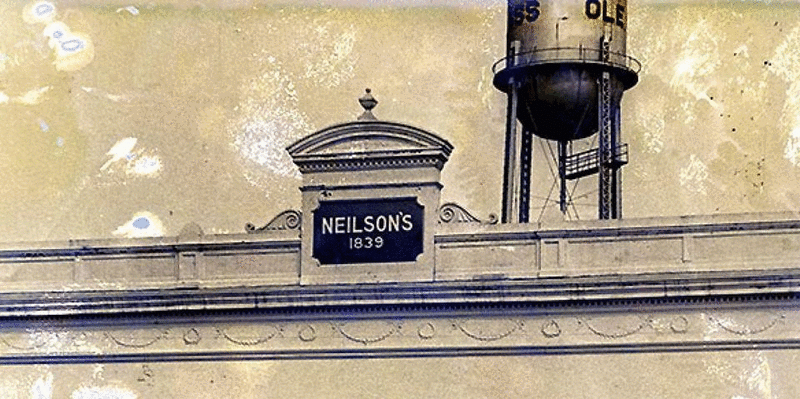
This collection contains the study of Neilson’s Department Store archives located in the University of Mississippi J.D. Williams Archives and Special Collections done by Professor Lindgren-Gibson’s 2019 His 490 Winter Intersession Intro to Public History class.
About Neilson's: A Brief History
Founded in 1839, Neilson’s Department Store claims itself to be the South’s oldest store. William Smith Neilson migrated to Oxford, Mississippi in 1838 and opened the first Neilson’s store, a log cabin on the north side of the Oxford square. In the beginning, Neilson’s functioned as a general store, selling everything from groceries to coffins, servicing the new citizens of Oxford. During the Civil War in 1864, the Union army burned down many of Oxford’s businesses and landmarks, including Neilson’s. However, in 1866, due to W. S. Neilson’s financial foresight to transfer all of his cash into gold and bury it, the store was able to rebuild and become one of the only businesses to reopen and thrive immediately after the burning. The first time the store was divided into departments was in 1897, when W.S. Neilson’s son, Joseph Edwin Neilson constructed a new store building on the east side of the square. This was also the first time the store concentrated its inventory on clothing. The store continued to serve the Oxford community during the great depression, allowing for the use of IOU’s for bank deposits, portions of paychecks from university and county schools, and charges. The store is no longer owned by the Neilson family, but by the Lewis family. In 1930 Will Lewis was made a partner after working for the store since 1912. After the remaining Neilson’s died, the Lewis family carried on the business and were responsible for the modernization of the store. In 1980, the store building was placed on the National Register of Historic Places. Today, Neilson’s store remains both a specialty clothing and gift store and an Oxford landmark.
Civil War and Reconstruction
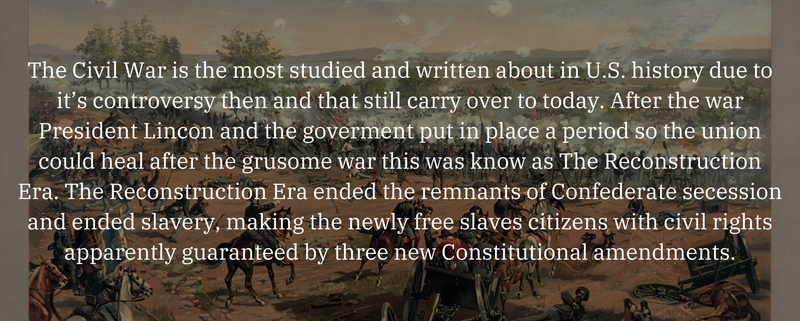
By Thure de Thulstrup – Original scan: Library of Congress – N.B. The description the LoC gives manages to combine George Pickett (Confederate, leader of the charge) and Winfield Hancock (Union, defended against the charge) into one person, George Hancock. This is, of course, nonsense, and an error has been reported. Public Domain, https://commons.wikimedia.org/w/index.php?curid=23538787
The Great Depression
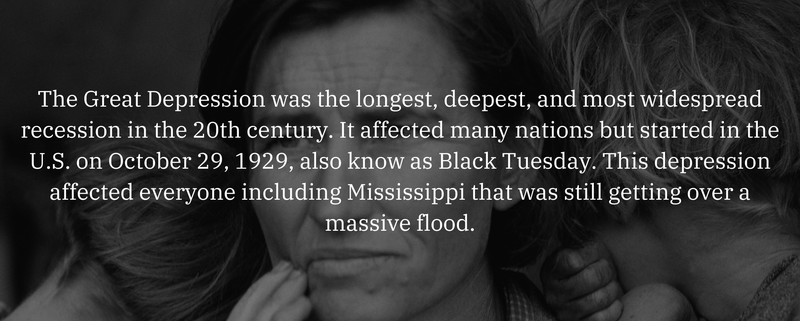
Dorothea Lange’s Migrant Mother depicts destitute pea pickers in California, centering on Florence Owens Thompson, age 32, a mother of seven children, in Nipomo, California, March 1936. Photo: Public domain in the United States.
World Wars
World War I

British troops in silhouette march towards trenches near Ypres (Belgium) on the Western Front during the First World War. Photocopy right to – HULTON-DEUTSH COLLECTION/CORBIS https://news.cnrs.fr/articles/wwi-origins-of-a-conflict
World War II

This image or file is in the public domain because it contains materials that originally came from the United States Marine Corps. As a workof the U.S. federal government, the image is in the public domain.
Integration
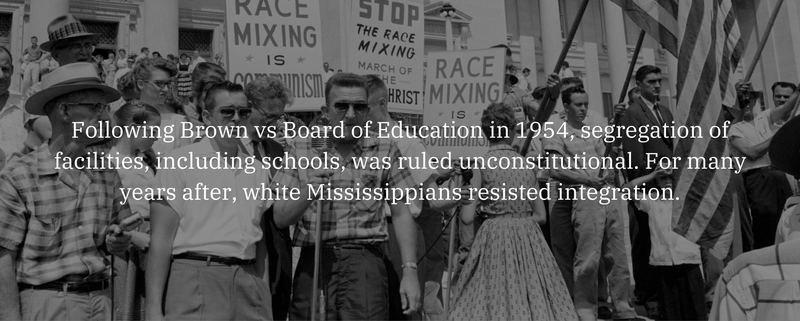
Bledsoe, John T, photographer. Little Rock,. Rally at state capitol. Arkansas Little Rock, 1959. Photograph. https://www.loc.gov/item/2009632339/.
Oxford
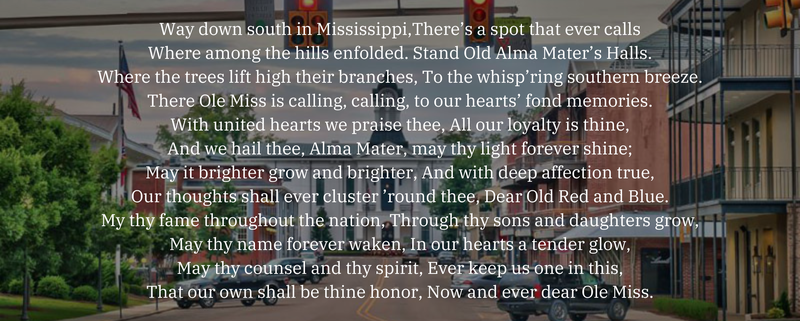
Photo from The Local Voice website

